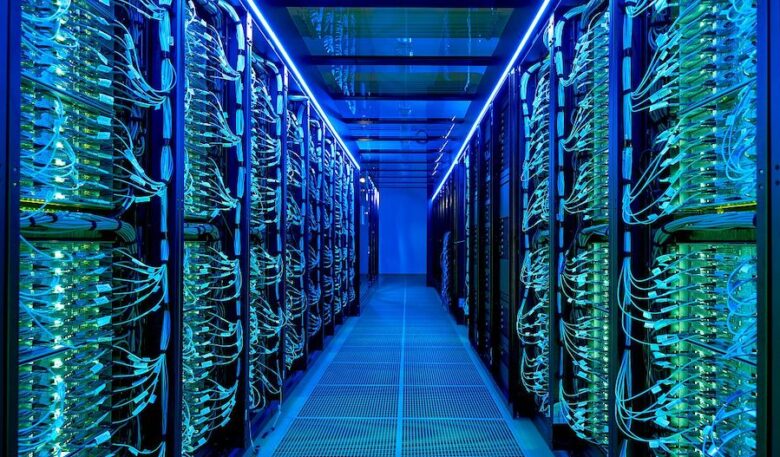Supercomputers are computers with a processing speed beyond any other computer’s capability. They can perform an enormous amount of calculations in a very short period of time. There are many types of supercomputers and they have different uses. This article will discuss different supercomputer types and their uses.
What is a Supercomputer?
A supercomputer is a computer whose performance is measured in terms of FLOPs (Floating-point Operations Per Second), which measures how many mathematical calculations can be performed per second. For example, a supercomputer may be designed for specific use, such as weather forecasting, modeling the flight paths of missiles and spacecraft, breaking codes, etc. Cryptographers at Bletchley Park in England most notably used it during World War II to break German ciphers generated by Enigma machines.
Supercomputers vs. Normal Computers
Supercomputers are much faster than regular computers. For example, a supercomputer can perform one petaflop of computing every second. This means they’re capable of performing quadrillions of calculations in a single second, which is more than any human could do in a lifetime (and then some).
There is no comparison between the modern phone versus 1980 supercomputer today!
Supercomputers are also much more expensive than regular computers. The fastest supercomputer in the world costs $500 million USD to build and that’s only one-tenth of what it took to make BlueGene/L, another leading model that was manufactured by IBM back in 2007!
Supercomputers have been around since 1950 when John von Neumann designed a simple computer called MANIAC I on which he used 5k vacuum tubes instead of transistors or integrated circuits like today’s computers use today (which makes them much slower). Its CPU had 18 bits of words!
Adobe Acrobat professionals say, “In the year 1985, the supercomputer CRAY-2 had become the most powerful and fastest machine ever built.”
Types of supercomputers
There are several types of supercomputers. The most common type is the vector processor, which is a special type of parallel processor. A vector processor uses multiple processors that work together to perform the same task at once. Think of this as a group of people working on one task instead of each person doing their own separate tasks simultaneously.
Another popular option for supercomputers is a distributed memory or distributed-memory multi-processor (DMMP) system. This type of computer uses multiple processors that all share data between them over a network connection, which allows them to work together on tasks much more quickly than if they were using SIMD techniques alone.
The third option for massively parallel systems is known as cluster computing: computers built out of many small nodes with their own memory and processing power (but not necessarily fast enough to be considered “super”). These nodes are linked together by high-speed connections like InfiniBand cables or Ethernet cables.
Uses of Supercomputers
Supercomputers are used in weather forecasting, climate research, and oil exploration. They are also used to model the effects of global warming on the environment. Supercomputers are used to design aircraft, ships, cars and other vehicles.
Supercomputers help model nuclear explosions and chemical reactions within a molecule.
A supercomputer is a powerful computer that performs complex tasks at very high speeds and is used for many purposes, including weather forecasting and scientific research.
Article by Born Realist






